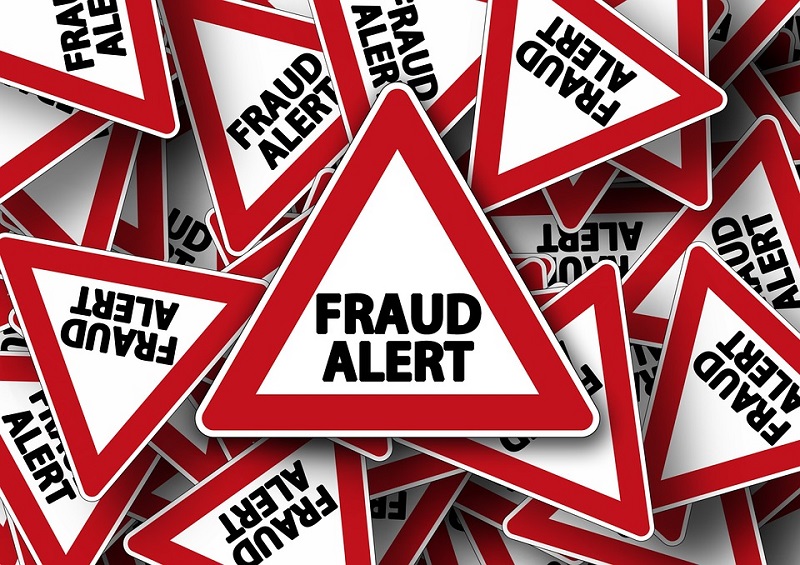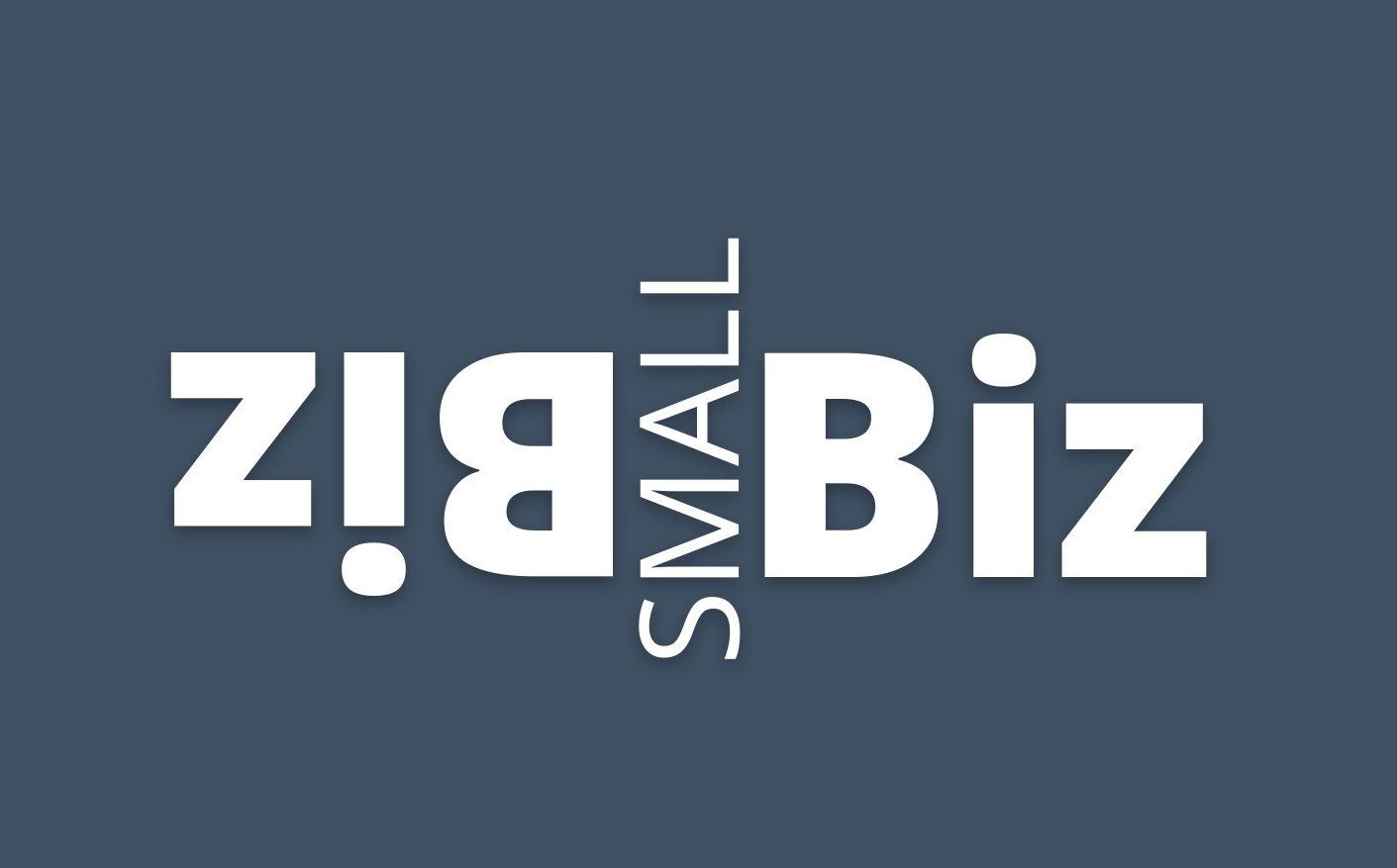Fraud is an unfortunate reality of doing business, but it doesn’t have to be a problem if you know what to look out for. With the right knowledge and precautions, you can protect your business from fraudsters and keep it running smoothly.
In this article, we’ll discuss the different types of fraud that businesses face, as well as strategies on how to prevent them. By understanding these risks and taking steps to mitigate them, you’ll be able to safeguard your business against potential losses due to fraudulent activities.
What is Fraud?
In general, fraud is any act or attempt to deceive or cheat a business or individual out of money, property, or services.
It can involve false representations that are made with the intention to swindle victims – such as falsely claiming to have special skills or promises of high returns on investments.
Fraudsters thrive on taking advantage of people’s ignorance or trust, so it’s important to stay informed and aware.
:max_bytes(150000):strip_icc():format(webp)/fraud_definition_final-resized-f42aeb7b3f224ce98cc66272b56092cf.jpg)
What Are the 3 C’s of Fraud?
The three C’s of fraud are concealment, conversion, and conspiracy.
1. Concealment involves hiding facts or information that would have otherwise been revealed to the victim. This could include hiding assets or falsifying documents to make it look like something is different than what is actually true.
2. Conversion refers to the act of converting someone else’s property or money into your own. This could include making unauthorized purchases on someone else’s account or using a stolen credit card to buy goods and services.
3. Conspiracy is when two (or more) people work together to commit fraud by concealing information, lying, or knowingly helping another person carry out a fraudulent act.
Types of Fraud
Fraudsters come in all shapes and sizes, but some of the more common types of fraud include identity theft, phishing, investment scams, credit card fraud, and money laundering.

Identity Theft
This type of fraud occurs when someone is able to access your personal information – such as your Social Security number, birth date, address, or bank account details – and steal money or commit other fraudulent activities.
Phishing
This type of fraud occurs when someone attempts to trick you into giving out personal information by posing as a legitimate business via email, text message, or phone. They may ask for your credit card number, bank account details, or Social Security number in an attempt to gain access to your finances.
Investment Scams
This type of fraud occurs when someone attempts to get you to invest in a product or service that is too good to be true. They may use false information or promises of high returns on investments in order to entice you into investing your hard-earned money.
Credit Card Fraud
This type of fraud occurs when someone is able to access and use your credit card information without your knowledge or permission. This could include using stolen credit cards to make purchases, obtaining cash advances with a stolen credit card, or making unauthorized charges on an existing account.
Money Laundering
This type of fraud occurs when someone attempts to hide the true source of income by transferring or converting funds from illegal activities into seemingly legitimate businesses. This could include using cash to purchase goods and services or depositing large amounts of money into a bank account with false documentation.
How to Prevent Frauds
There are many different types of fraud. Most of these happen inside the business and are often perpetrated by people you know. For example, people who have access to the money and accounts can falsely state the amount of money there. If they do this, they can then steal money without being found out.
Employees can also exploit the company’s resources. And there can also be external efforts to fraudulently take money from your business. The following steps will help you to mitigate the threat you face.

1. Implement strong internal controls
Ensure that access to accounts is limited and tracked, and that there are sufficient checks in place to catch any fraudulent activity.
2. Educate employees
Make sure your employees are aware of the types of fraud you might face and how they can help prevent it.
3. Monitor transactions
Regularly review your transactions for any suspicious activity.
4. Separate duties
Make sure that no one person has too much control over company finances, and impose clear financial policies to ensure everyone is following the same procedures.
5. Verify customers
Implement customer due diligence processes to make sure everyone who does business with you is legitimate.
6. Use strong passwords
Make sure all user accounts on any system have strong, unique passwords and that these are regularly changed.
Frauds Preventions Tips
The best way to protect your business from fraud is to be aware of the different types of fraud, have a comprehensive fraud prevention plan in place, and educate your employees on how to identify and prevent fraudulent activities. Additionally, consider investing in technology that can help you detect suspicious behavior and ensure that any financial transactions are secure.

Set Up an Employee Reporting System
As I mentioned above, many fraud incidences happen inside the business. And your employees are the ones who are most likely to have access to your money and accounts.
So, you need to have a strong system that allows employees to report things they’re concerned about. This is not about encouraging people to spy on one another though.
It’s simply about ensuring that people can report issues in confidence if there is something that they are concerned about.
Implement Strong Controls
You should also make sure that you or someone you know exercises firm control over money. You can’t afford to put someone who you don’t really trust in charge of keeping your finances in line.
It’s also important to make sure that you control who gets access to this money and information. Only people that you have authorized in advance should be able to access your accounts and cash.
This helps to ensure that you know who has access and who doesn’t. This will help if an act of fraud is committed.
Count Money Carefully and Always Double-Check
You can’t ensure that your money is safe and secure unless you know exactly how much you have. When you are sloppy, and you don’t know how much money you should have, that’s when fraudsters can get away with stealing money.
Whereas if you’re on top of your finances, you will not give the fraudsters that opportunity. So, make sure that you are accurate and precise with your figures. This can be done by using money counters. And then always double-check.
Cyber Security
One of the threats that your business now faces is a cyber threat. Criminals and fraudsters often now turn to the internet to find new ways of committing acts of fraud against companies.
You should be aware of things like phishing scams that can catch you. If you click a false link and enter your financial details, you will be handing over that sensitive data to fraudsters.
Banks and payment organizations will never ask you to follow a link in an email and then enter financial details. If they do ask you to do this, it is a sure sign that the email is fraudulent.
Conclusion
Fraud can have devastating consequences for any business and it’s important to take steps to protect yourself. Make sure you have the proper fraud prevention plan in place and that you’re aware of all the different types of fraud. Educate your employees on the risks and how to identify and prevent fraudulent activities, and invest in technology that can help you detect suspicious behavior.
Finally, make sure money is handled carefully at all times and double-check figures before and after any transactions have taken place. Doing this will ensure that you are well-prepared against fraudsters.















